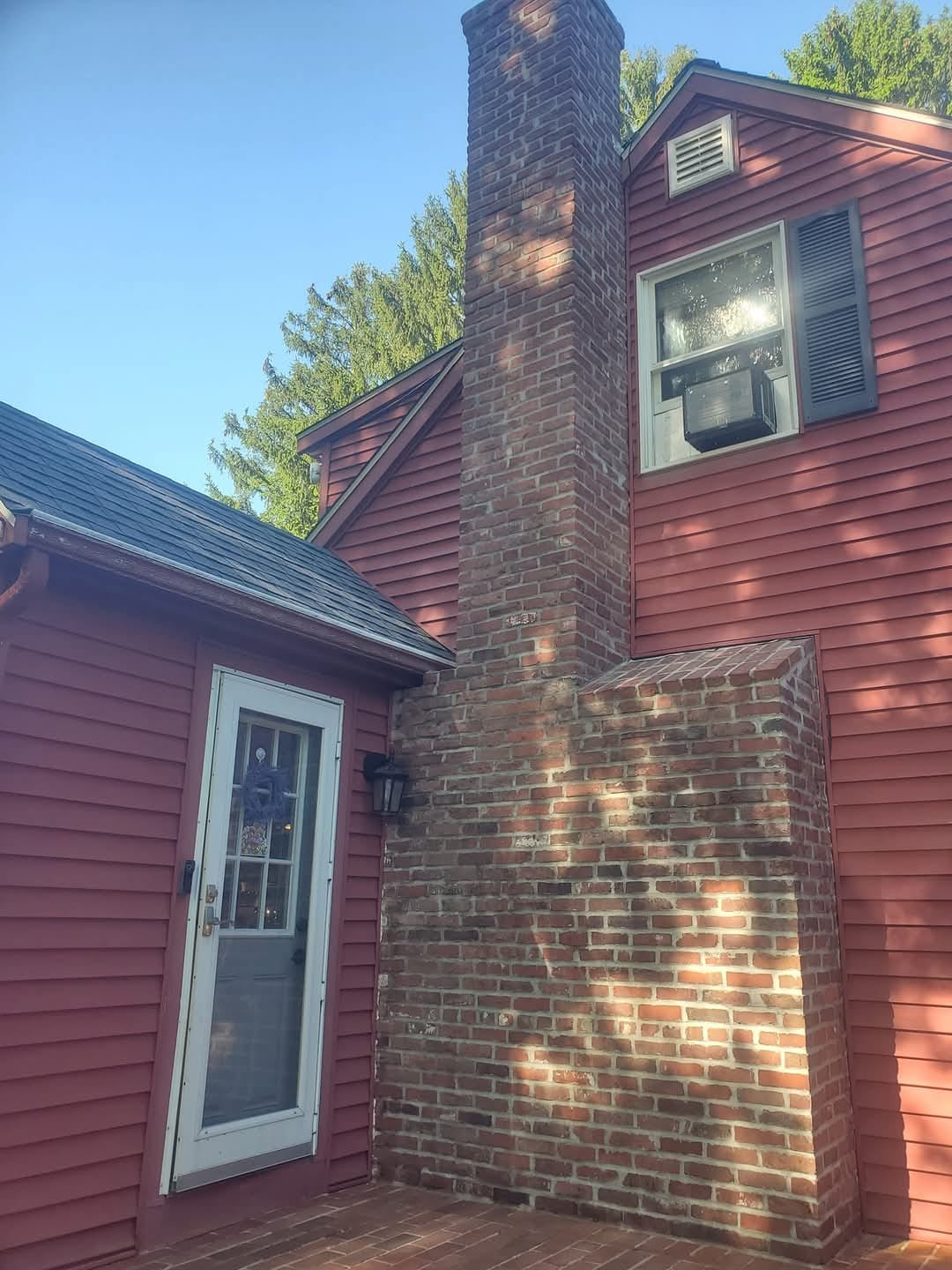
Preserving Heritage: Essential Techniques for Restoring Historical Masonry Sep 10, 2025
Historic buildings hold stories etched in stone, but weather and time can cause significant damage. The first step in restoration is a thorough assessment. Identifying areas of deterioration, such as cracks, spalling, or efflorescence, helps in planning an effective restoration strategy. Masonry experts are skilled at diagnosing the underlying issues that often include water infiltration and freeze-thaw cycles.
Once the assessment is complete, cleaning the masonry is essential. Over the years, grime, biological growth, and pollution can build up on the stone surfaces. It's important to use gentle cleaning methods that do not damage the masonry. Techniques like low-pressure water washing or using proprietary gels and poultices can remove dirt without harming the substrate. Avoid abrasive cleaning methods like sandblasting, which might irreparably erode the stone's surface.
After cleaning, addressing structural issues comes next. Repointing, the process of renewing mortar joints, is often required to maintain the stability of the masonry. The key is to use a mortar mix that matches the original composition in terms of color, texture, and strength. Modern mortars tend to be stronger but less flexible, which can cause more harm than good if improperly matched. Historical buildings require softer lime-based mortars that allow the masonry to 'breathe' and move naturally with thermal changes.
Stabilization and reinforcement are integral when dealing with extensively deteriorated masonry. Techniques such as grouting voids or using helical ties to reinforce the structure also play a significant role. While these methods enhance the strength, they respect the historic fabric by being as unobtrusive as possible. James T. Coughlan Restoration leverages these advanced methods to secure masonry without compromising on aesthetics.
A crucial part of restoration is protection and prevention. An integral element of preservation is ensuring that the masonry is sheltered from future damage. Applying breathable sealants can provide a layer of protection against water ingress. Installing proper drainage systems and rainwater goods is also an effective defense against moisture damage.
Lastly, regular maintenance cannot be overstated. Periodic inspections and addressing minor repairs promptly can prevent the need for more extensive restoration in the future. Simple actions like clearing gutters and checking for signs of water damage go a long way in preserving the beauty and integrity of a historical building.
In the realm of masonry restoration, the emphasis is on compatibility and respect for the original structure. Each building tells a story, and at James T. Coughlan Restoration, our mission is to ensure that these stories continue to be told through skilled craftsmanship and expert care. By following these essential techniques, caretakers of historical properties can maintain their masonry work with confidence. Embrace the legacy and ensure that these magnificent structures stand strong for generations to come.
/filters:no_upscale()/media/f0ce834c-0d5a-47a5-b892-ab9a804ed1f3.jpeg)
/filters:no_upscale()/filters:format(webp)/media/9f19c702-e396-4ed7-acc9-29e56a0fd676.jpeg)